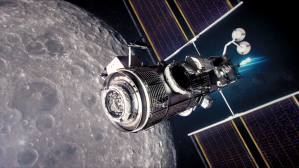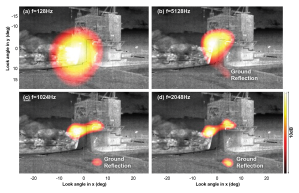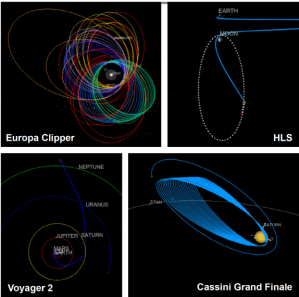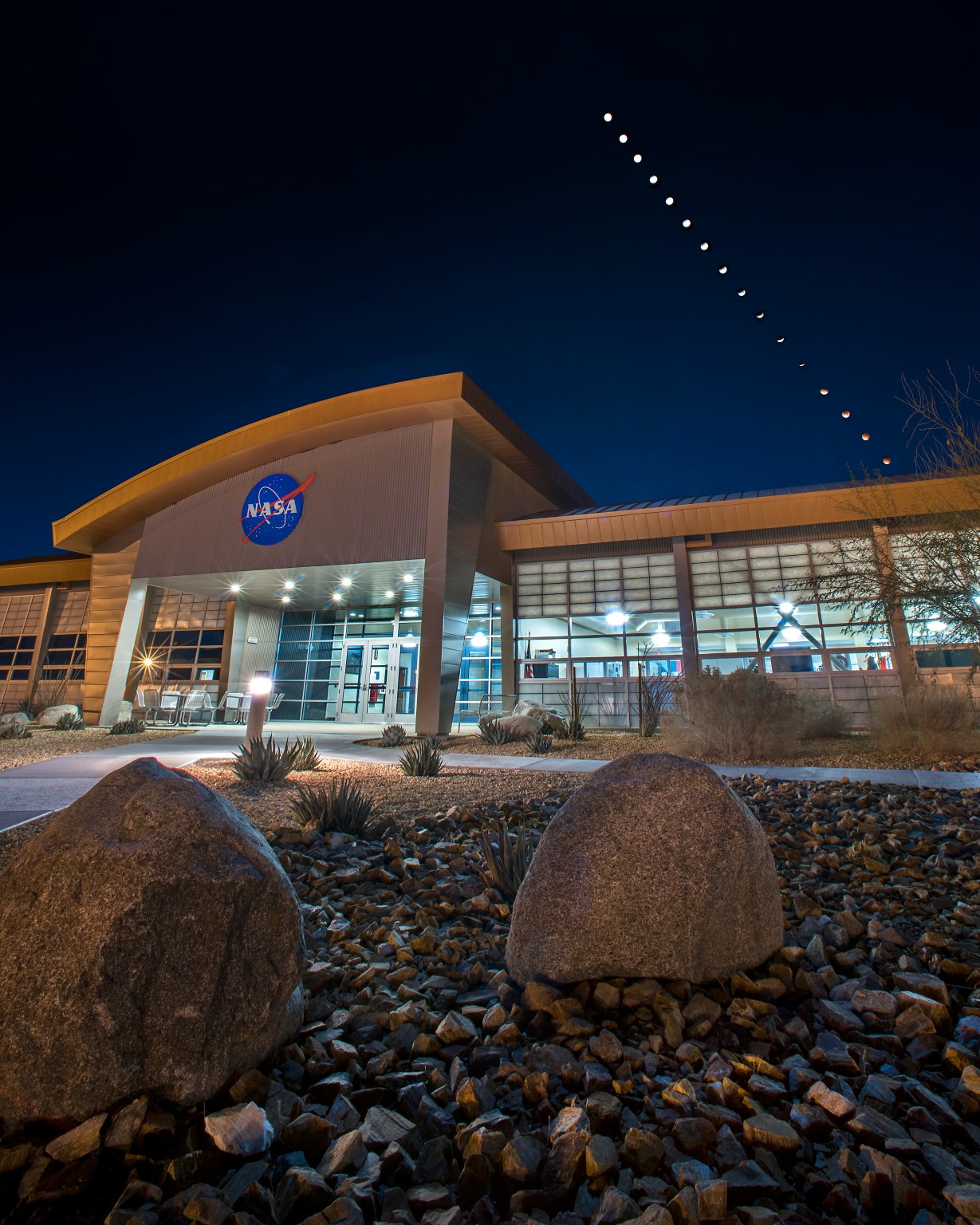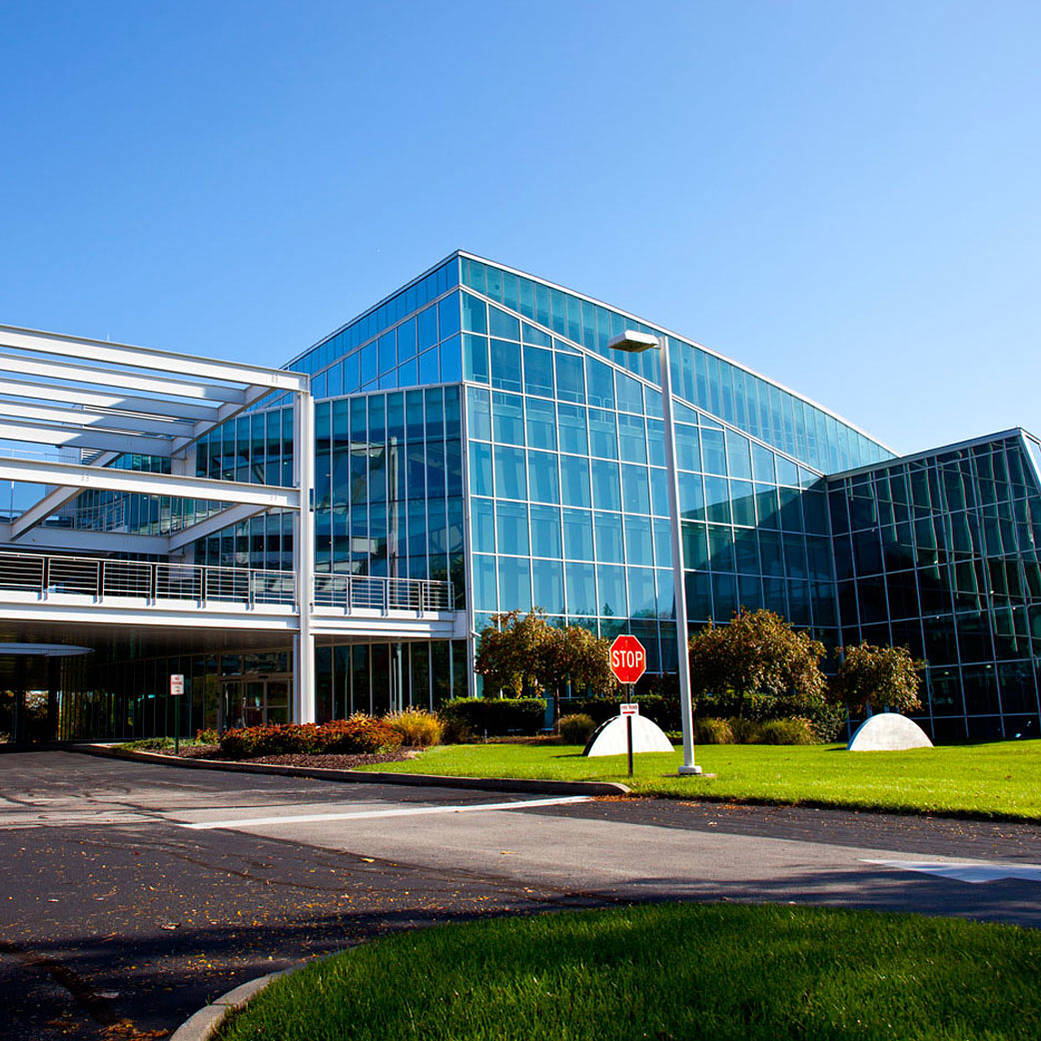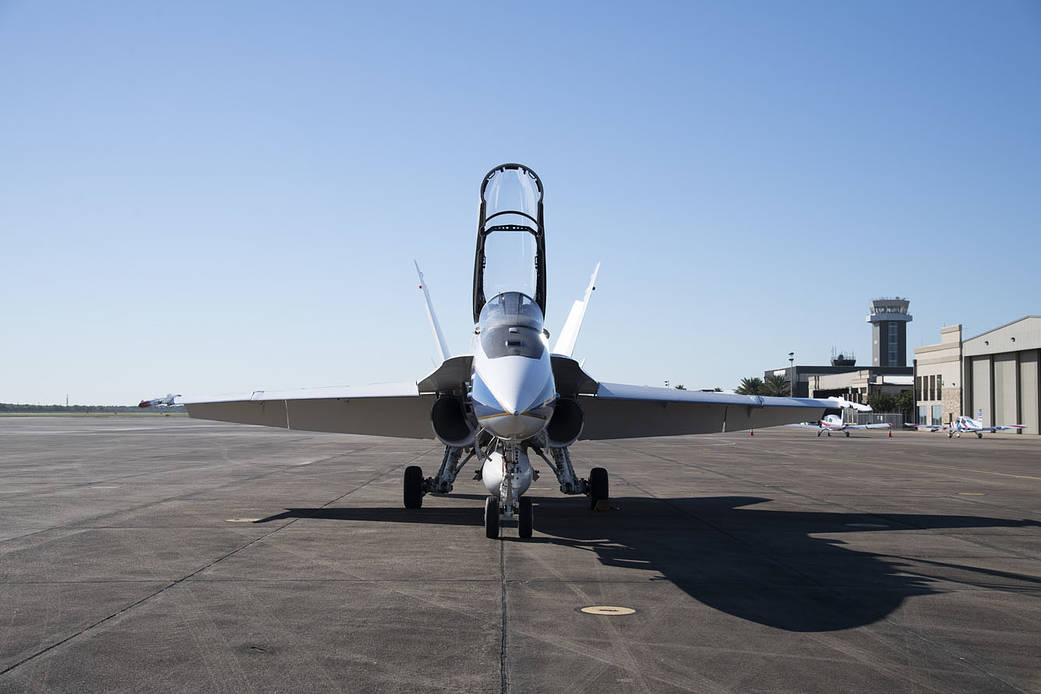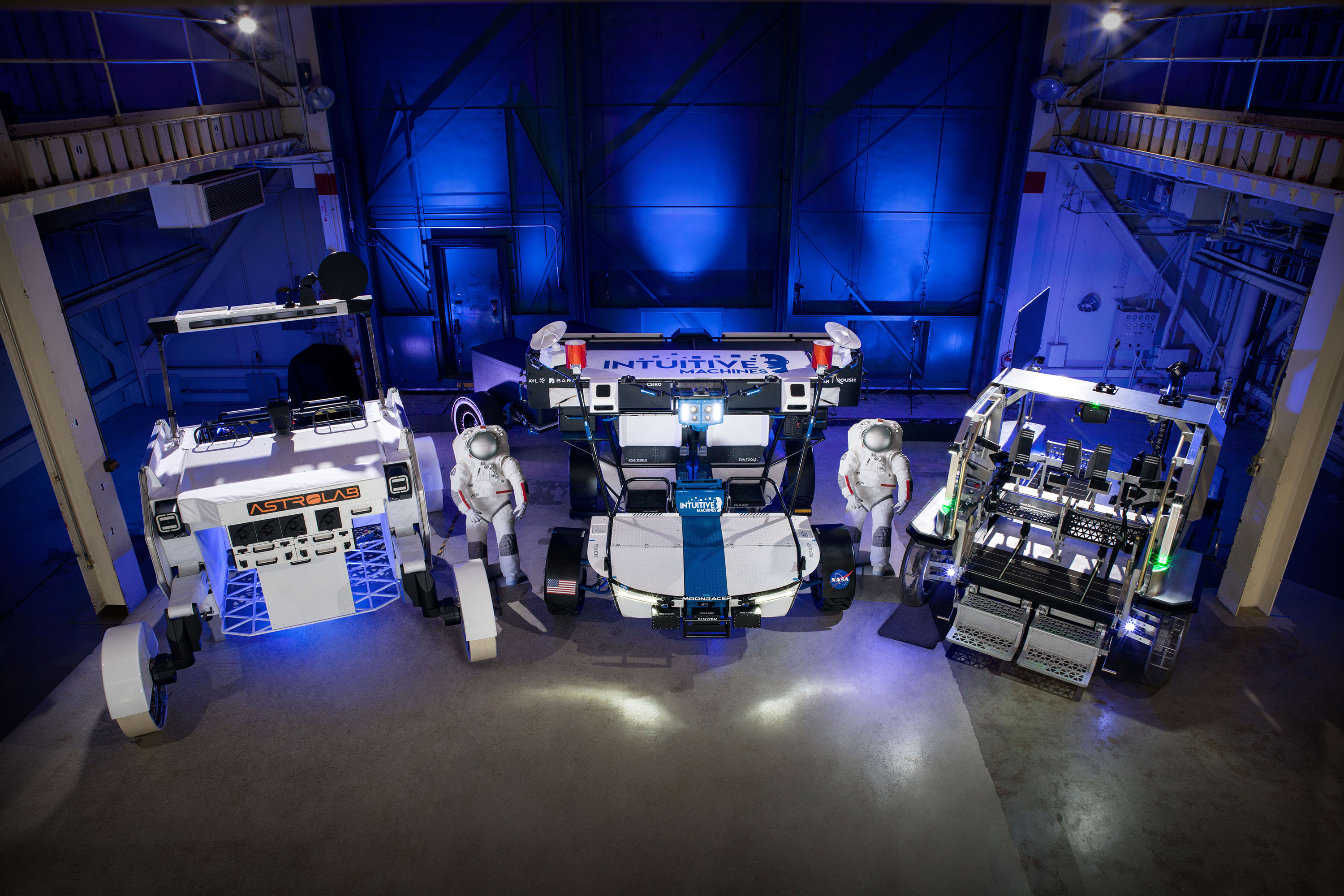NASA’s Commitment to Safety Starts with its Culture
NASA works on projects that often have never been done, or perhaps the way they are being done has never been tried. Living on the edge of innovation requires a high degree of risk. After organizational silence led to the loss of space shuttle Challenger and its crew in 1986, NASA vowed to change the […]

5 min read
Preparations for Next Moonwalk Simulations Underway (and Underwater)
NASA works on projects that often have never been done, or perhaps the way they are being done has never been tried. Living on the edge of innovation requires a high degree of risk. After organizational silence led to the loss of space shuttle Challenger and its crew in 1986, NASA vowed to change the culture and make safety its priority.
Allowing unimaginable levels of innovation requires a balance with limiting risk that is inherent in exploring the unknown on Earth and beyond. NASA centers promote a culture of safety through a steady drumbeat of messages, trainings, and mechanisms to report unsafe conditions. In a recent demonstration of this culture, NASA’s Armstrong Flight Research Center in Edwards, California, hosted a Safety Day on April 4 that featured speakers highlighting NASA safety culture and the need to be vigilant about safety not only at work, but at home.
Kicking off the event was Brad Flick, NASA Armstrong center director. “Safety is our number one core value, and these events exemplify that.” Flick said. “We’re in a job that has risk. The hardest part is balancing the work with the responsibility to all of us and the public to do it safety.”
Organizational culture and climate are key factors in a safe work environment. That’s why NASA Safety Culture seeks to create an environment where everyone works safely, feels comfortable communicating safety issues, feels confident balancing challenges and risks while keeping safety in the forefront, and trusts safety is a priority across the agency.
“Culture is the way work gets done,” said Bob Conway, NASA Safety Center deputy director at the safety event. “Everyone is a leader. No accident occurs in the moment. It is the result of a series of events that may be years in the making.”
Maintaining the culture requires more than just trainings throughout the year. NASA employees are routinely encouraged to report any of their concerns, positive safety behavior is rewarded and often awarded, and they have flexibility in responding to the unexpected. NASA considers this focus on safety part of its DNA.
Conway also recalled the X-31 experimental aircraft that flew at NASA Armstrong in the 1990s. The usual probe that measures key flight data like airspeed, altitude, and outside temperature, was changed to a probe without a heater that would have prevented icing. The change was not communicated well and the result on an unusually cold morning was the sensor froze, causing the flight computers to receive incorrect data. The aircraft became uncontrollable, the pilot was injured while ejecting, and the aircraft was lost.
“It is natural to rationalize shortcuts, engage in group think or be silenced by it, or to choose defensive silence,” Conway said. “We need to reverse that thought process by thinking what the risk is of not speaking up.”
Conway emphasized the need to be present, invite dialogue, encourage group members to think critically and speak up, discuss ideas outside the group, and have a team member play devil’s advocate to identify items others may overlook.
Also important in developing a solid safety environment is managing heavy workloads and recognizing when stress is on the rise. “Several projects had safety standdowns to talk about safety,” said Peggy Hayes, acting NASA Armstrong Safety and Mission Assurance director. “I think we do that well.”
This fiscal year, NASA Armstrong has zero lost-time accidents, or those accidents that require people to miss work. “People feel free to come to us, or call the Safety office,” Hayes said. “I think because we are a small center, where people routinely see leadership, it helps them bring their concerns forward.”
Another element of safety is what happens outside of work. Timothy Risch, a NASA Armstrong technical manager, cautioned people should prepare for and be ready to survive a serious accident. While walking to a store to return a movie, Risch heard a loud bang and saw a car crash into a light pole nearby. The 1,100-pound pole fell on his shoulder, hit his knee, shattered his fibula, ankle, and three bones in his foot. He had a 4-inch cut and a compound fracture.

“Prepare mentally and emotionally that you may need help if you are hurt,” he said. “I carried an identification card with me that had my key information on it such as my address, medical conditions, and medications. I had it with my license.”
Safety Day also included Elissa Dawson, NASA Armstrong emergency management specialist, who highlighted emergency response at the center, and Taylor Dirks, a wellness nurse for Blue Cross, Blue Shield California Federal Employee program, who focused on mental health and how resilience provides tools to manage everyday life challenges.
NASA’s dedication to a safety culture was born out of tragedy and the agency has send decades focusing its intensions to ensure employees can push the boundaries of what’s possible without sacrificing their safety. That model doesn’t have to be unique to NASA, it’s a culture that all businesses and industries can benefit from.
Share
Related Terms
What's Your Reaction?


































